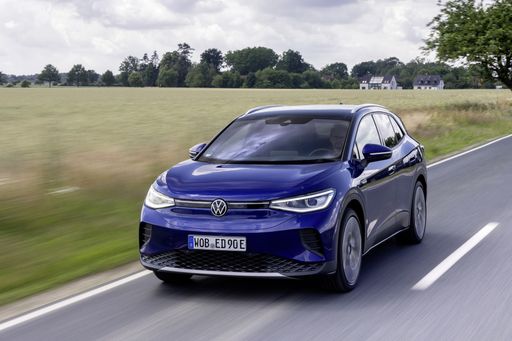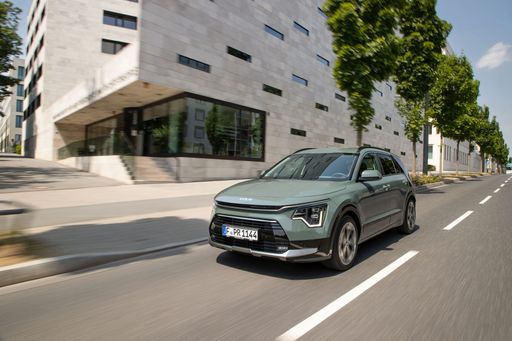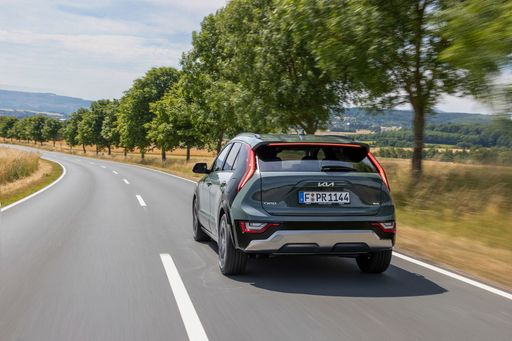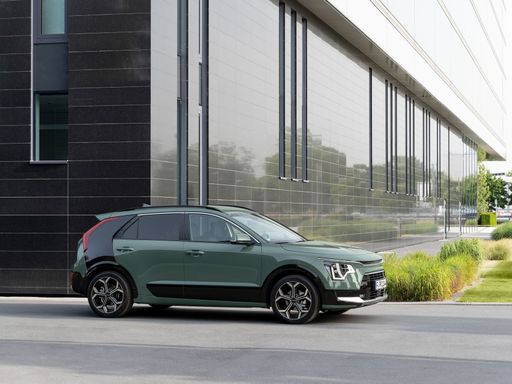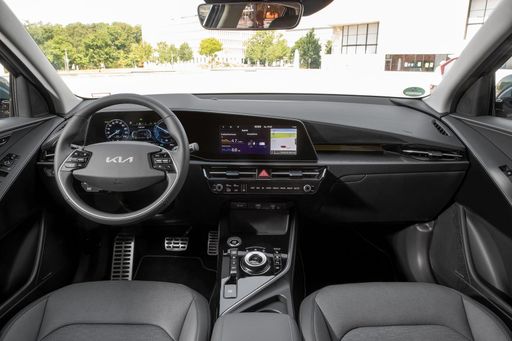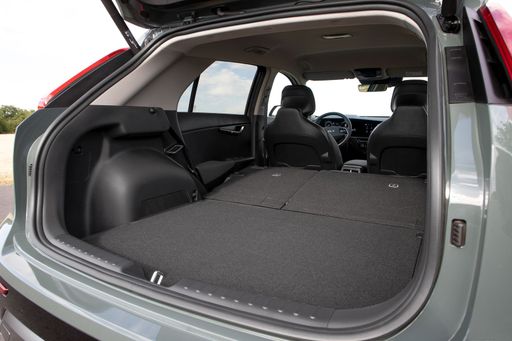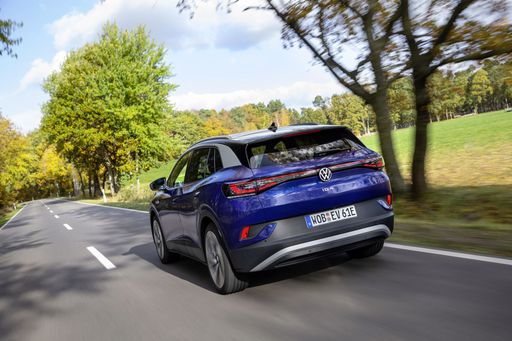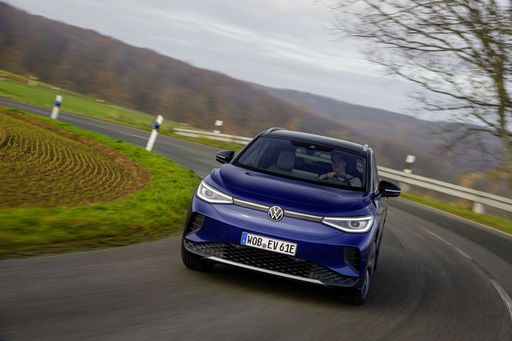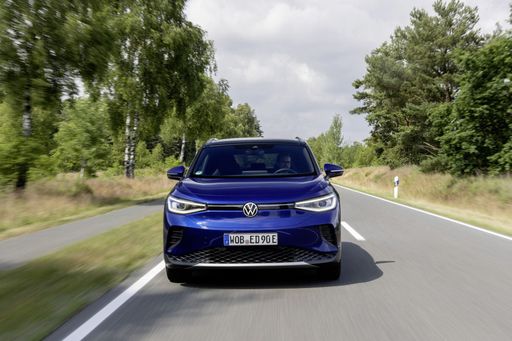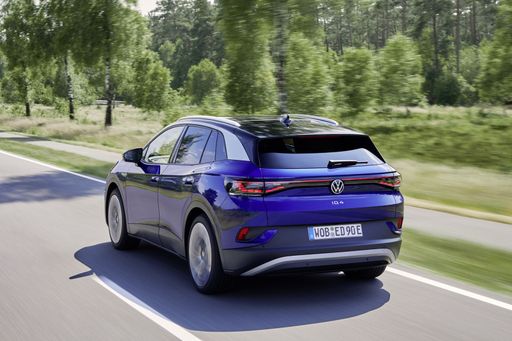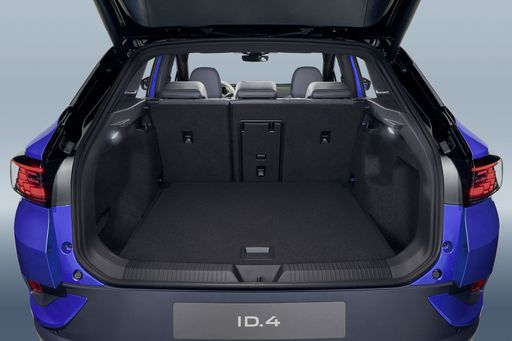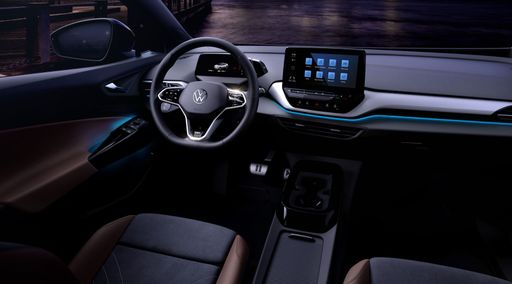Kia Niro vs. VW ID.4: An In-Depth Comparison of Two Innovative SUVs
As the automotive market progressively shifts toward electrification and hybrid technology, two standout models have emerged as frontrunners in the SUV segment: the Kia Niro and the VW ID.4. Both vehicles boast unique features and technologies designed to enhance the driving experience, making them top choices for eco-conscious consumers. In this article, we delve into the technical specifications, innovations, and key advantages of both models to help you make an informed decision.

